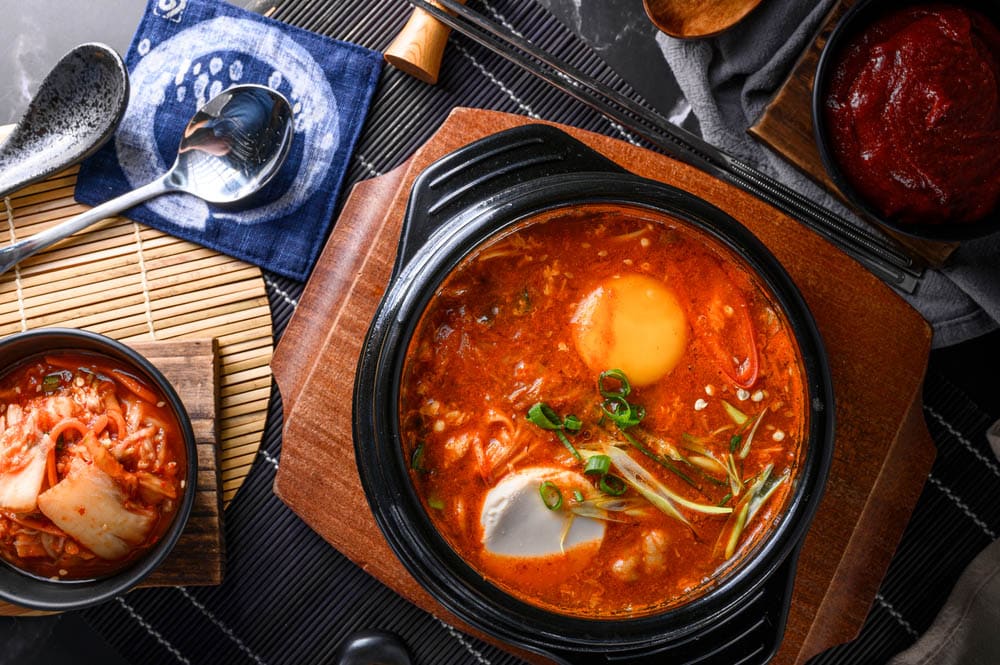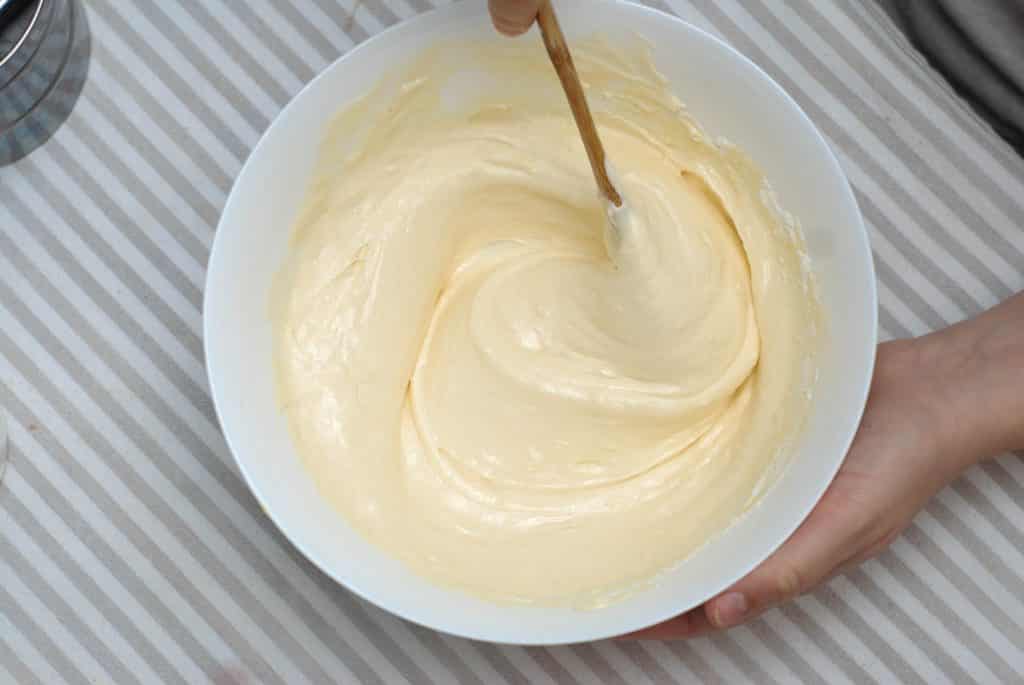
There are times when you are cooking dinner and guests come over unexpectedly. In that case, you will need to double the recipe but it’s not always straightforward, especially if you are a beginner at cooking.
Sure, doubling the recipe is a smart thing to do and you will likely have some leftover food for a quick-fix meal later. However, it comes with various issues that people don’t know about.
Keep reading to learn everything you need to know about doubling recipes and working out the cooking times.
If I Double a Recipe, Do I Double the Cooking Time?
This is the most common question asked by people when they need to double up the recipe and don’t have an idea about the cooking time. To illustrate, if boiling one egg takes five minutes, will two eggs take ten minutes?
The short answer here is No!
The cooking time depends on the dish that you are cooking and whether you put it all into one big pan or divide it evenly between two.
Baked Goods
Baked goods include things like cakes, muffins, and bread. For instance, if you want to make a double batch of muffins, the cooking time will remain close to the original time because doubling the batch doesn’t change the size or volume of muffin batter in each muffin tin or the oven temperature.
So, in the case of things like muffins, cupcakes, and cookies, it is suggested to increase the cooking time by three to four minutes only if baking the two trays together. After that, check for doneness.
If doubling a cake batter, instead of making one larger cake, make two cakes the normal size in two pans. Otherwise, the bigger volume cake will take much longer to cook through and will probably scorch on the outside before the middle is done.
The trick here with baked goods is to double the recipe but divide the doubled mixture into two regular-sized pans. Do not use a bigger pan. Then, the cooking time will not increase by more than a few minutes.
Cooking Savory Dishes
This section deals with foods like stews, soups, and casseroles. Obviously, if you double the recipe for these, the easiest thing will be to use a bigger pot or casserole and put all the ingredients together.
You, therefore, have a bigger volume of food. This means that the food will take longer to reach boiling point.
However, once the food is simmering, it will not take much longer to cook than a single batch. We suggest adding about 33 percent more time to the doubled recipe’s cooking time. in the same pot and waiting for a longer time to get it cooked).
To Conclude
As you can see, when it comes to doubling recipes, there is no hard and fast rule for doubling the cooking time. Your best bet is to ensure that whatever you’re cooking is the size it would be if you were making the original recipe.
For example, if you double a cake recipe, divide the batter in half and cook them both for the original time. This applies to stir fries too. Rather use two smaller woks than dump everything in one big wok.
If you are baking cookies, make them the same size as you would have done with the usual amount of cookie dough. This way, you won’t have to worry too much about the cooking times changing.
Additional things to consider when doubling a recipe:
- Make sure that your mixing bowl or pot is big enough to hold double the ingredients.
- If you have to double up bread dough, we suggest you make two single batches separately. It will be too difficult to knead a large batch.
- When working with spices, doubling is not suggested because the food can get too spicy for some. So, always start with one and a half times more spices because you can always add more later but taking out the spice won’t be possible.
- For baking, you can double the baking soda or baking powder.


